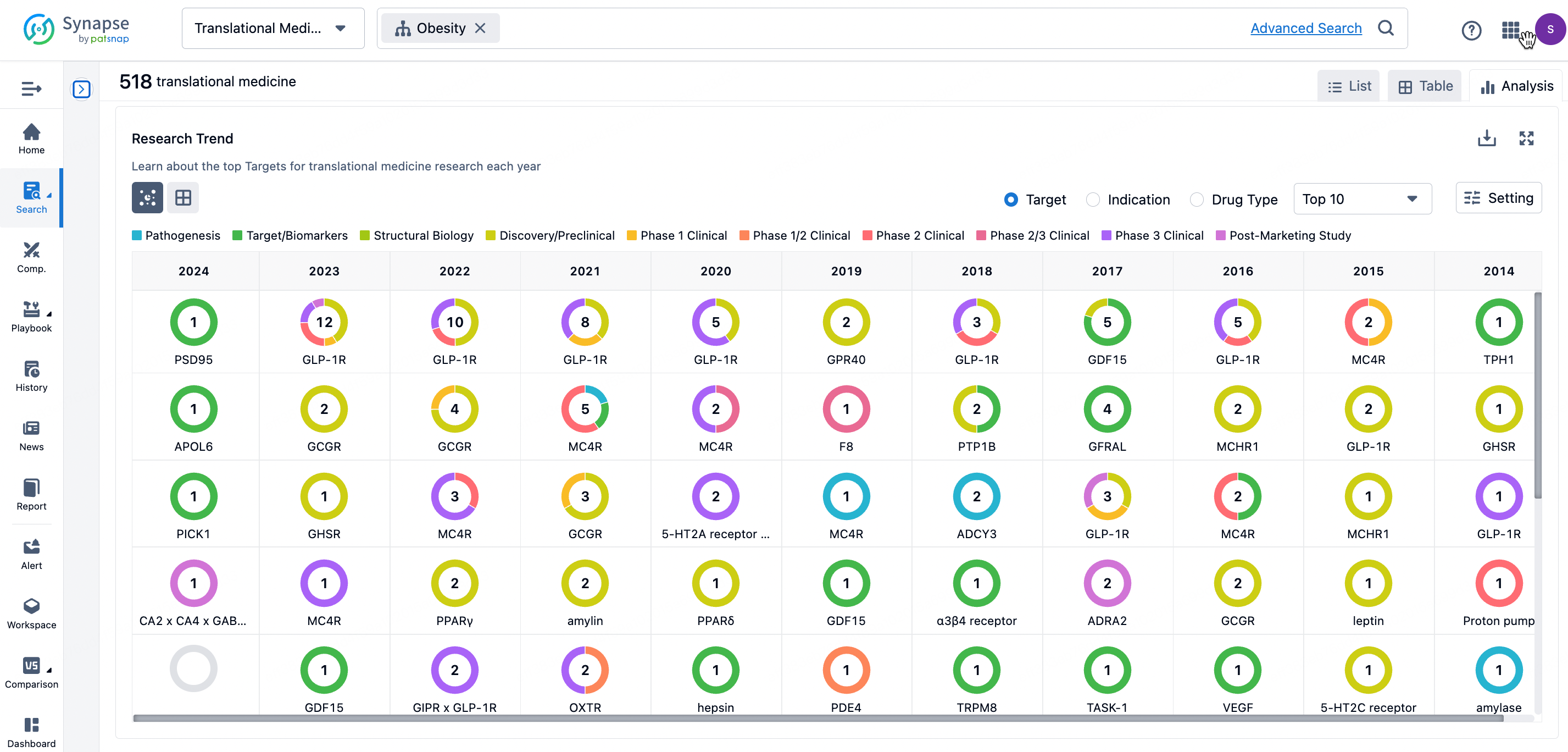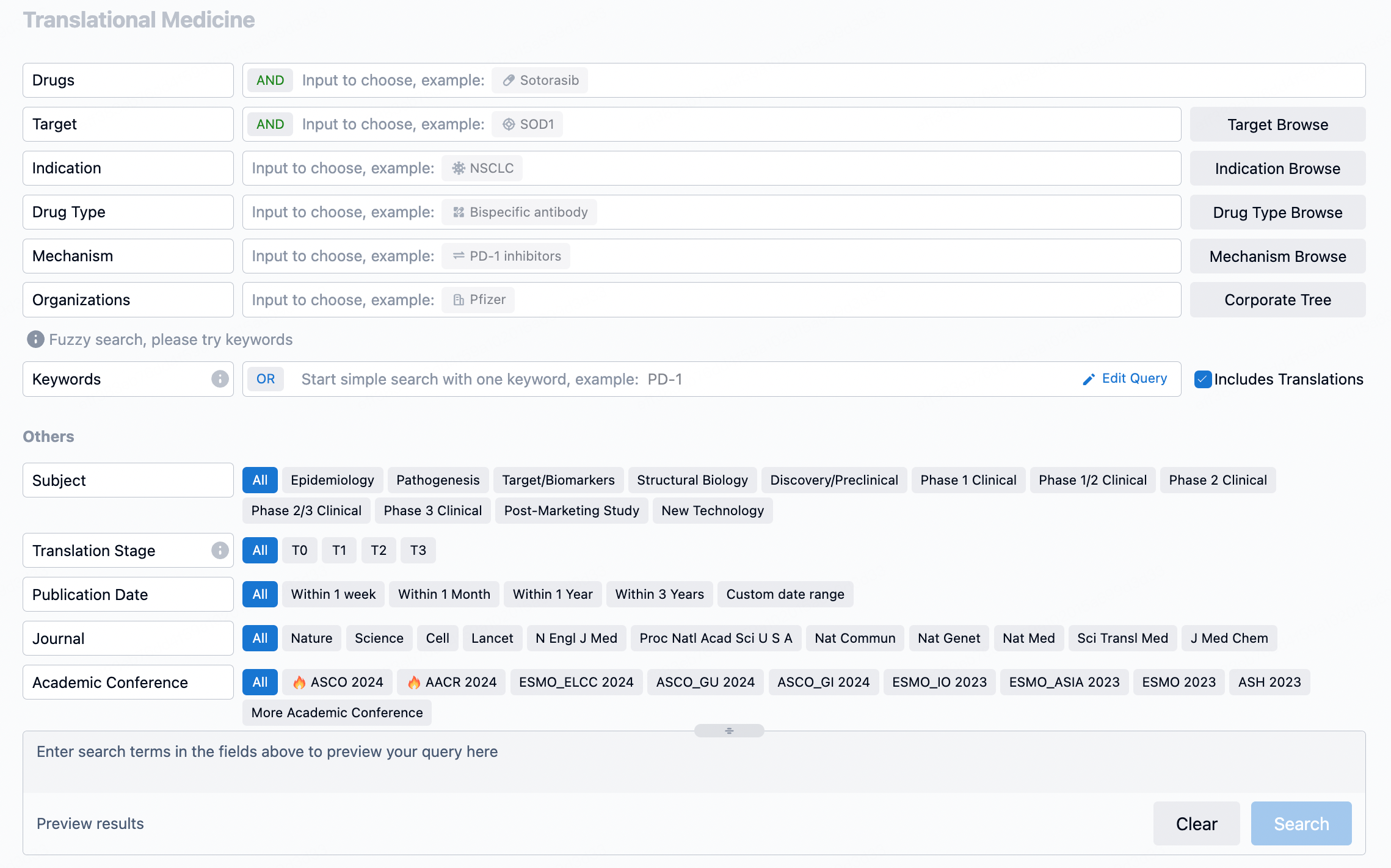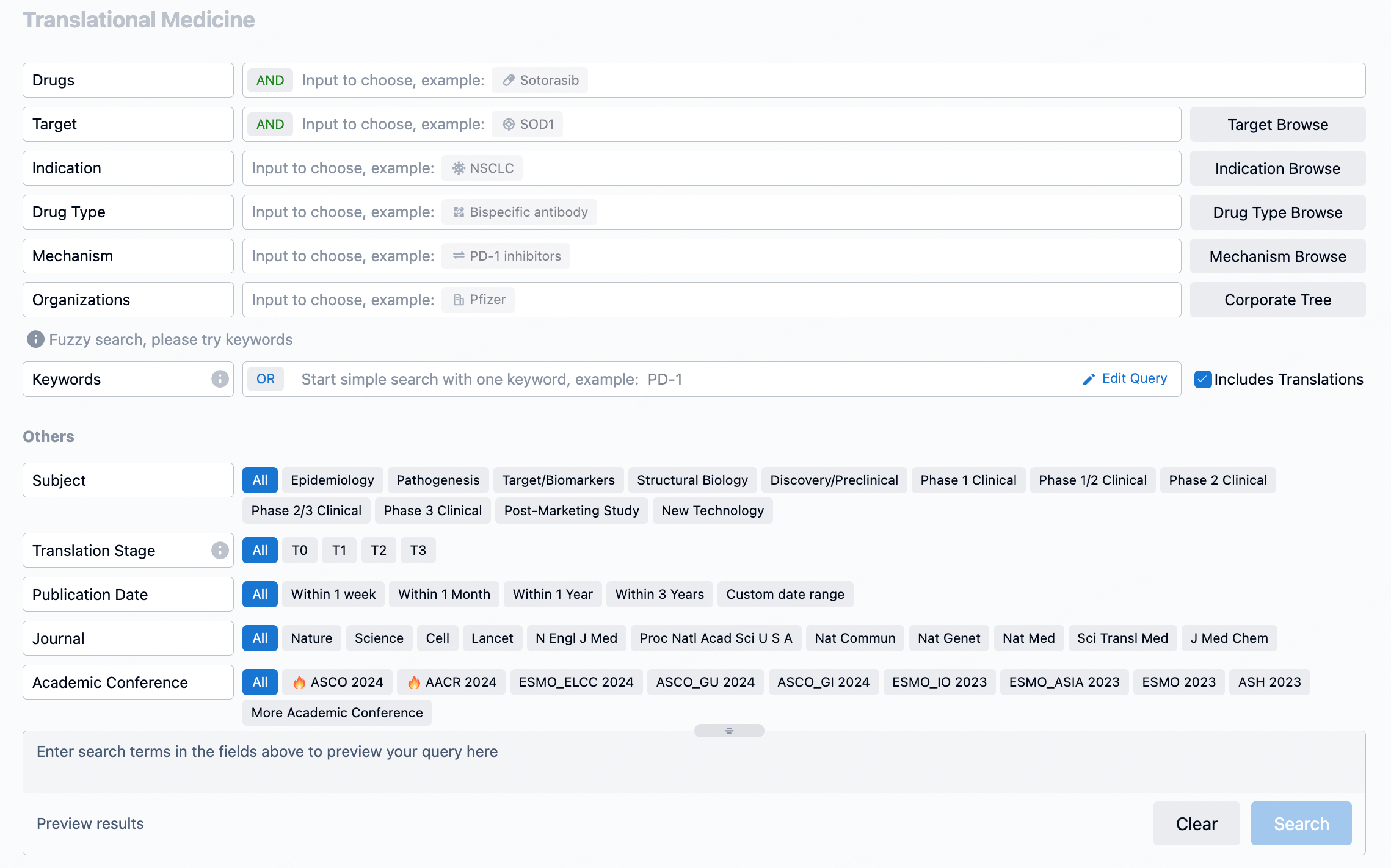CUDC-427: A Promising IAP Antagonist for B Cell Lymphoma Treatment
CUDC-427, an oral IAP antagonist, is under investigation in clinical trials (NCT01908413). The study in question evaluated CUDC-427's efficacy against a range of hematologic cancer cell lines, identifying DLBCL as particularly responsive. CUDC-427 was observed to trigger caspase3/7 activation in sensitive cell lines, such as WSU-DLCL2, but not in resistant ones like Karpas 422. Mechanistic studies revealed that CUDC-427 inhibits cIAP1 and XIAP, thereby activating caspases 3, 8, and 9, and also induces the non-canonical NF-κB pathway and TNFα production in WSU-DLCL2 cells. The compound's anti-tumor effects were confirmed in a WSU-DLCL2 xenograft model, where it led to substantial tumor growth inhibition.
Moreover, the study found that TNF family ligands enhance the sensitivity of DLBCL cells to CUDC-427, particularly in those that were initially insensitive. The presence of stromal cells in culture also increased the sensitivity of resistant cells to CUDC-427. Daily CUDC-427 treatment resulted in tumor regression and extended survival in a Karpas 422 xenograft model. The role of stromal cells and the interaction with the tumor microenvironment were further explored using an A20 B cell lymphoma mouse model, where CUDC-427 induced tumor stasis, potentially due to elevated TRAIL levels.
In conclusion, CUDC-427 demonstrated significant anti-tumor activity against DLBCL both in cell lines and in vivo. The study suggests that the combination of TNF family ligands or stromal cells with CUDC-427 could enhance the induction of cell death in B cell lymphomas, warranting further research. The findings support the continued clinical development of CUDC-427 with the aim of improving outcomes for patients with DLBCL.
How to Use Synapse Database to Search and Analyze Translational Medicine Data?
The transational medicine section of the Synapse database supports searches based on fields such as drug, target, and indication, covering the T0-T3 stages of translation. Additionally, it offers a historical conference search function as well as filtering options, view modes, translation services, and highlights summaries, providing you with a unique search experience.
Taking obesity as an example, select "obesity" under the indication category and click search to enter the Translational Medicine results list page. By clicking on the title, you can directly navigate to the original page.

By clicking the analysis button, you can observe that GLP-1R treatment for obesity has gained significant attention over the past three years, with preclinical research still ongoing in 2023. Additionally, there are emerging potential targets, such as GDF15, among others.

Click on the image below to go directly to the Translational Medicine search interface.

